When Were Surveillance Cameras Invented ?
Surveillance cameras were first invented in 1942 by a German engineer named Walter Bruch. The first closed-circuit television (CCTV) system was installed in Germany in 1942 to monitor the launch of V-2 rockets. However, it wasn't until the 1960s that surveillance cameras became more widely used in public spaces, such as banks and stores. Today, surveillance cameras are ubiquitous and can be found in a variety of settings, including homes, businesses, and public spaces.
1、 Early camera surveillance systems (1940s-1960s)
Surveillance cameras have become ubiquitous in modern society, but their origins can be traced back to the early 20th century. The first known use of a surveillance camera was in Germany in 1942, during World War II. The camera was used to monitor the launch of V-2 rockets, and it was operated remotely from a safe distance.
In the United States, the first commercial surveillance camera was introduced in the 1960s. These early camera surveillance systems were primarily used by businesses and government agencies to monitor public spaces and deter crime. They were large, bulky, and expensive, and required a significant amount of technical expertise to operate.
Over the years, surveillance cameras have become smaller, more affordable, and easier to use. Today, they are used in a wide range of settings, from homes and businesses to public spaces and transportation systems. They are often used to deter crime, monitor traffic, and provide evidence in criminal investigations.
However, the use of surveillance cameras has also raised concerns about privacy and civil liberties. Critics argue that the widespread use of surveillance cameras can lead to a loss of privacy and a chilling effect on free speech. Some have also raised concerns about the potential for abuse by law enforcement and government agencies.
Despite these concerns, surveillance cameras are likely to remain a fixture of modern society for the foreseeable future. As technology continues to advance, it is likely that surveillance cameras will become even more sophisticated and ubiquitous, raising new questions about privacy and civil liberties.
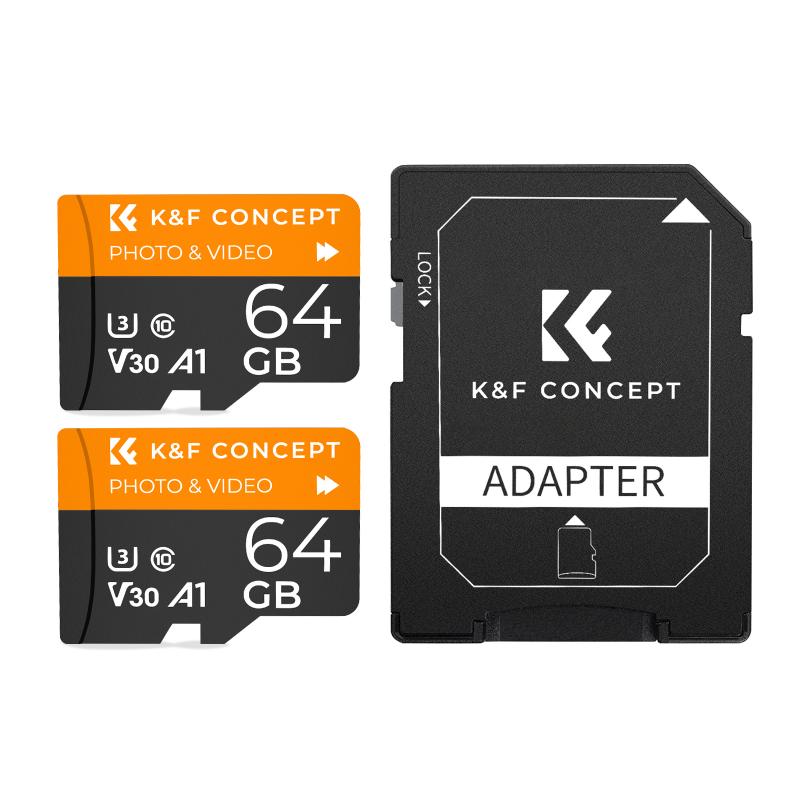
2、 Analog CCTV systems (1970s-1990s)
Surveillance cameras, also known as closed-circuit television (CCTV) cameras, have been around for several decades. The first CCTV system was invented in Germany in 1942, but it was not until the 1970s that analog CCTV systems became widely used.
Analog CCTV systems were the primary form of surveillance cameras from the 1970s to the 1990s. These systems used analog signals to transmit video footage from the camera to a recording device. The footage was then stored on magnetic tapes, which had to be manually changed out when they were full.
In the 1990s, digital CCTV systems were introduced, which allowed for higher quality footage and easier storage and retrieval of footage. These systems used digital signals to transmit video footage and stored the footage on hard drives or other digital storage devices.
Today, surveillance cameras are ubiquitous in many public spaces, including banks, stores, and government buildings. They are also commonly used in private homes and businesses for security purposes.
While surveillance cameras can be useful for deterring crime and providing evidence in criminal investigations, they also raise concerns about privacy and civil liberties. Some people argue that the widespread use of surveillance cameras is an invasion of privacy and can lead to a culture of surveillance and mistrust. Others argue that surveillance cameras are necessary for public safety and can help prevent crime.

3、 Digital CCTV systems (1990s-2000s)
Surveillance cameras have been around for over a century, with the first known CCTV system being installed in Germany in 1942 to monitor the launch of V-2 rockets. However, it wasn't until the 1990s and 2000s that digital CCTV systems were invented, revolutionizing the way surveillance is conducted.
Digital CCTV systems use digital video cameras to capture and store footage, allowing for higher quality images and easier access to recordings. They also allow for remote monitoring and control, making it possible to monitor multiple locations from a central location.
The use of digital CCTV systems has become increasingly widespread in recent years, with many businesses, governments, and individuals using them for security purposes. However, there are also concerns about privacy and the potential for abuse of surveillance technology.
As technology continues to advance, it is likely that surveillance cameras will become even more sophisticated and ubiquitous. It is important for individuals and society as a whole to consider the ethical implications of surveillance and to ensure that these technologies are used responsibly and in the interest of public safety.
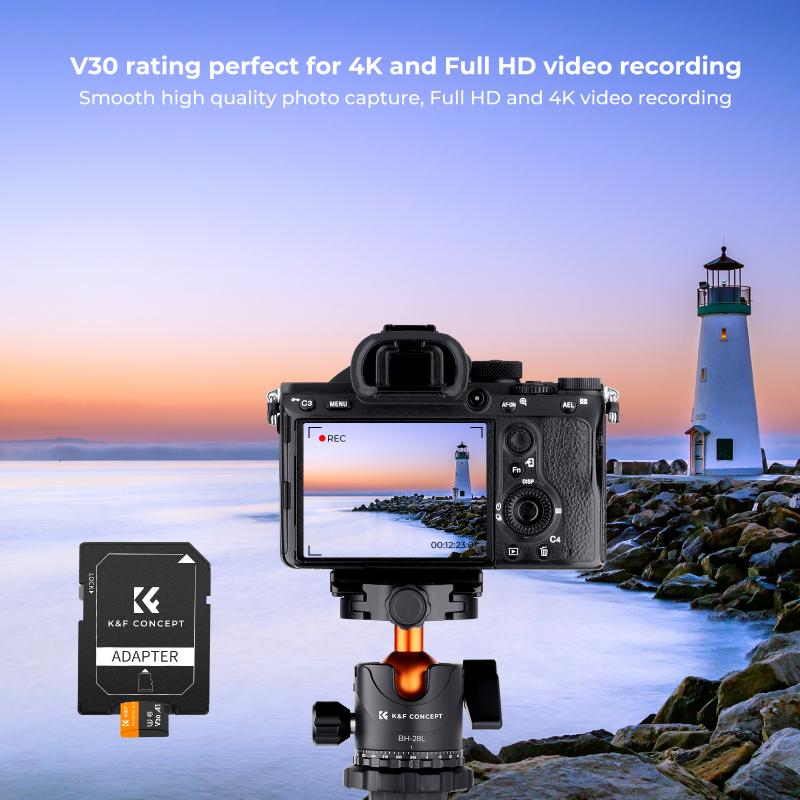
4、 IP-based surveillance systems (2000s-2010s)
Surveillance cameras have been around for over a century, with the first known CCTV system installed in Germany in 1942 to monitor the launch of V-2 rockets. However, it wasn't until the 2000s and 2010s that IP-based surveillance systems became widely used.
IP-based surveillance systems use internet protocol (IP) to transmit video and audio data over a network, allowing for remote access and control. This technology has revolutionized the surveillance industry, making it easier and more cost-effective to monitor large areas and multiple locations.
Today, IP-based surveillance systems are used in a variety of settings, including homes, businesses, and public spaces. They are often integrated with other security technologies, such as access control systems and alarms, to provide a comprehensive security solution.
However, the use of surveillance cameras has also raised concerns about privacy and civil liberties. Some argue that the widespread use of surveillance cameras can lead to a surveillance state, where individuals are constantly monitored and their every move is recorded.
As technology continues to advance, it is likely that surveillance systems will become even more sophisticated and widespread. It is important for individuals and organizations to consider the potential benefits and drawbacks of these technologies and to use them responsibly and ethically.





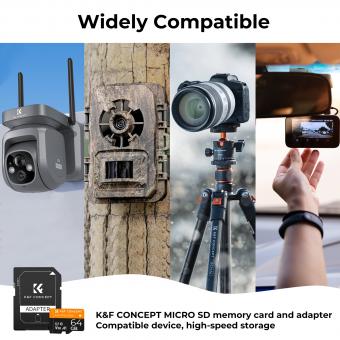





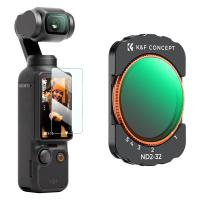


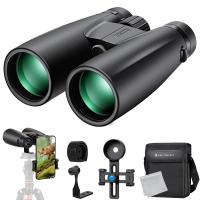
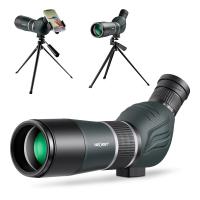





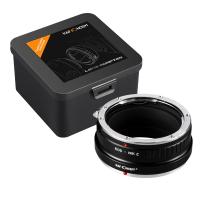




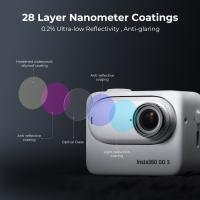

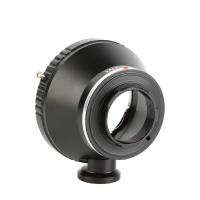

There are no comments for this blog.